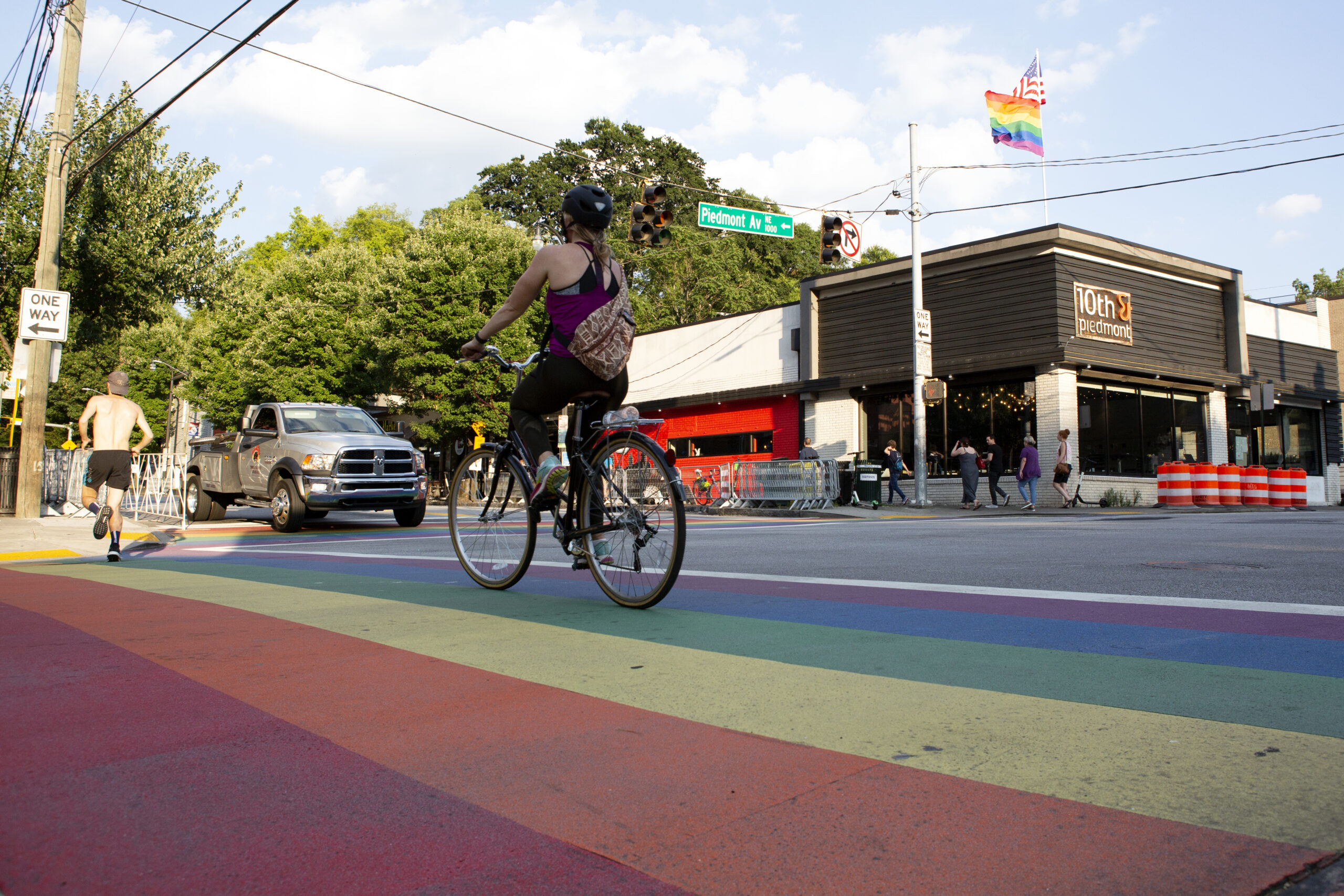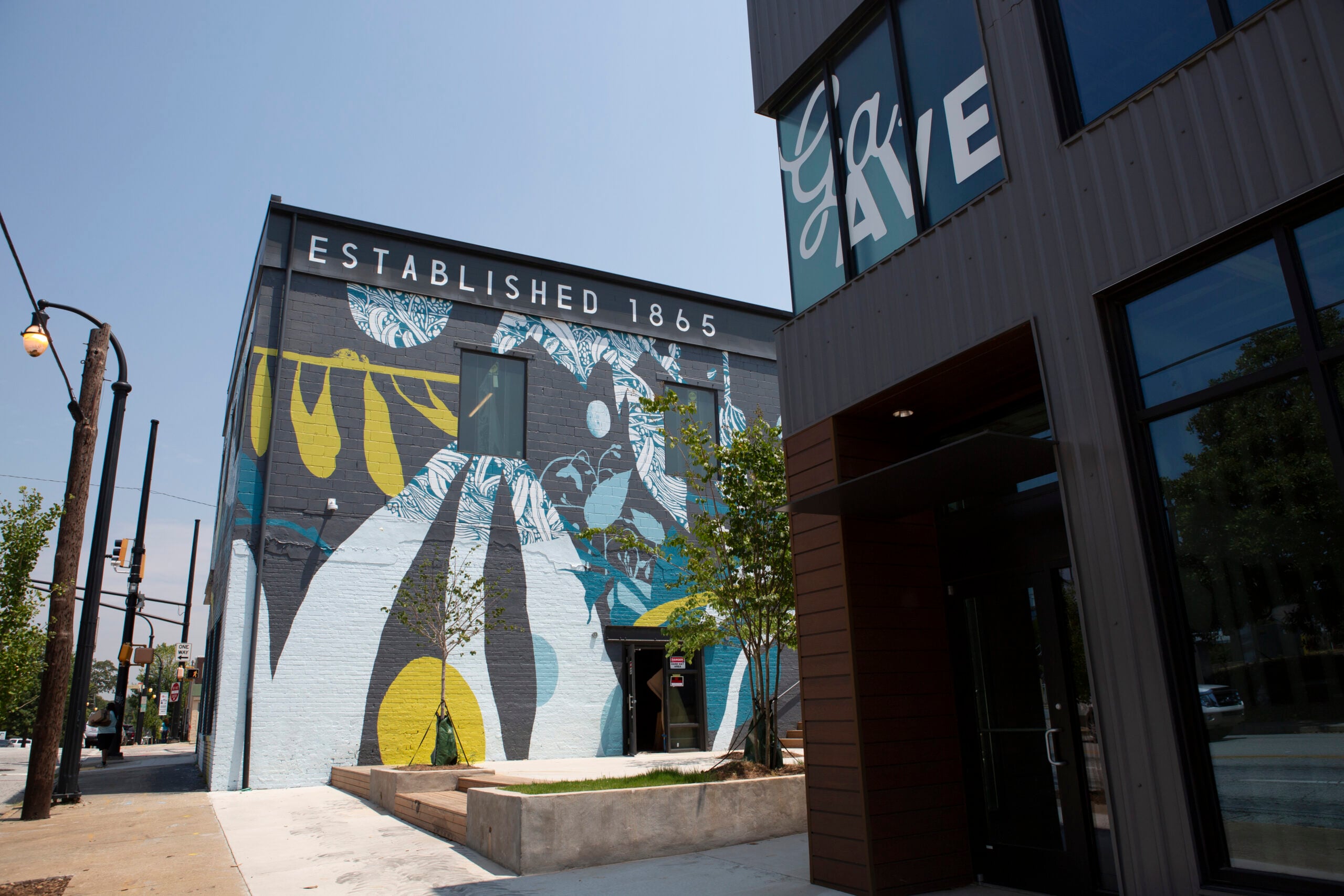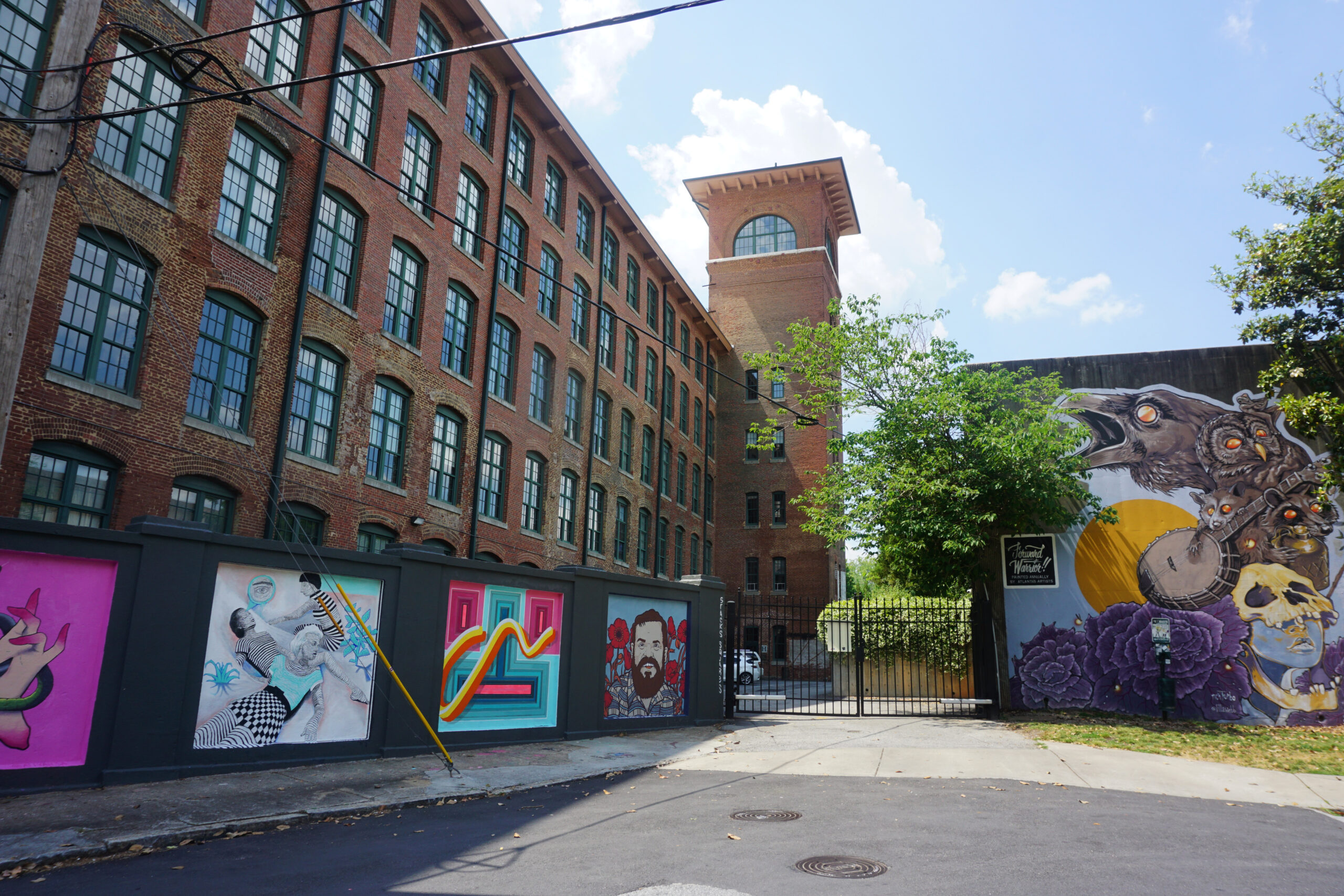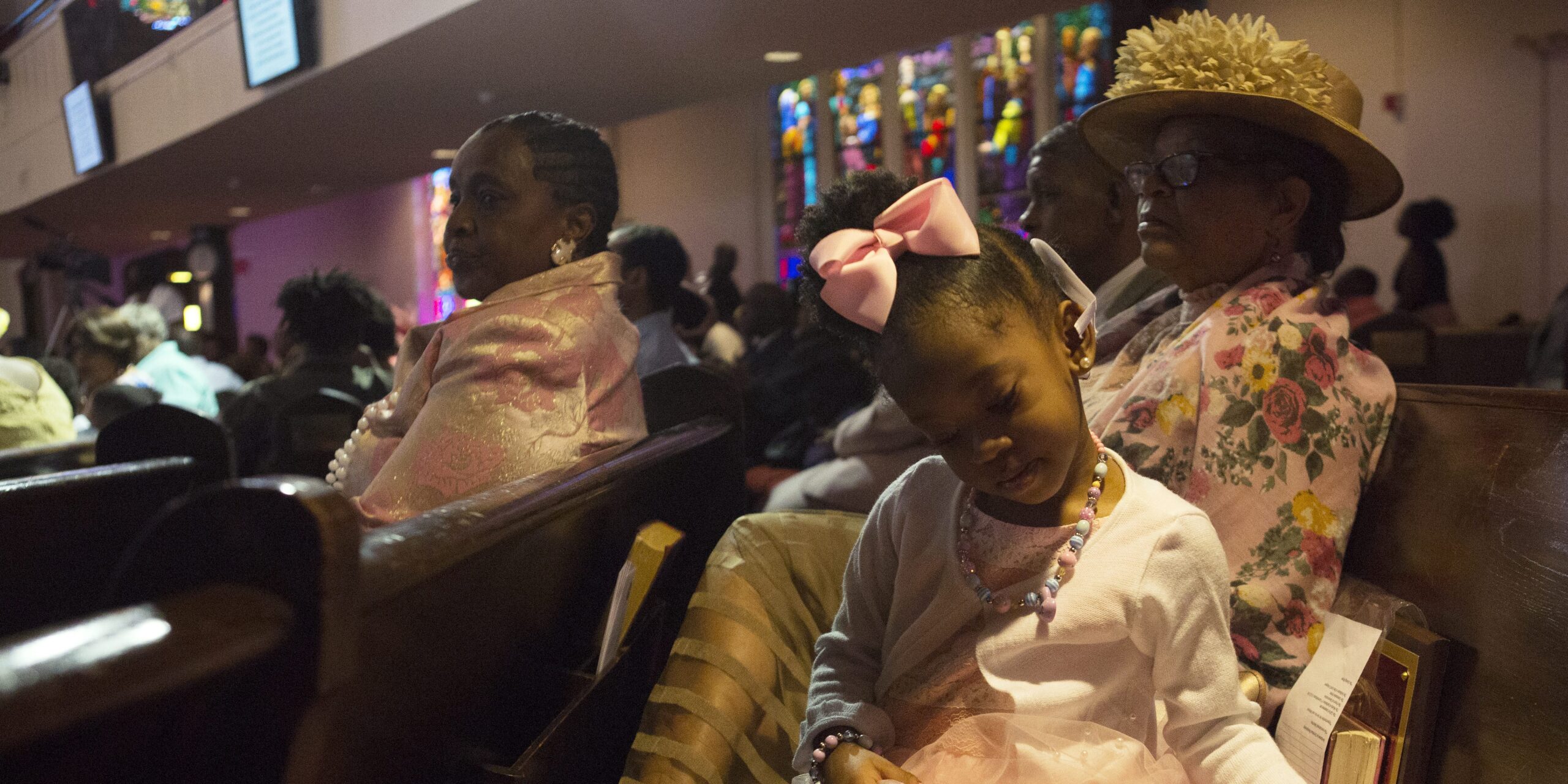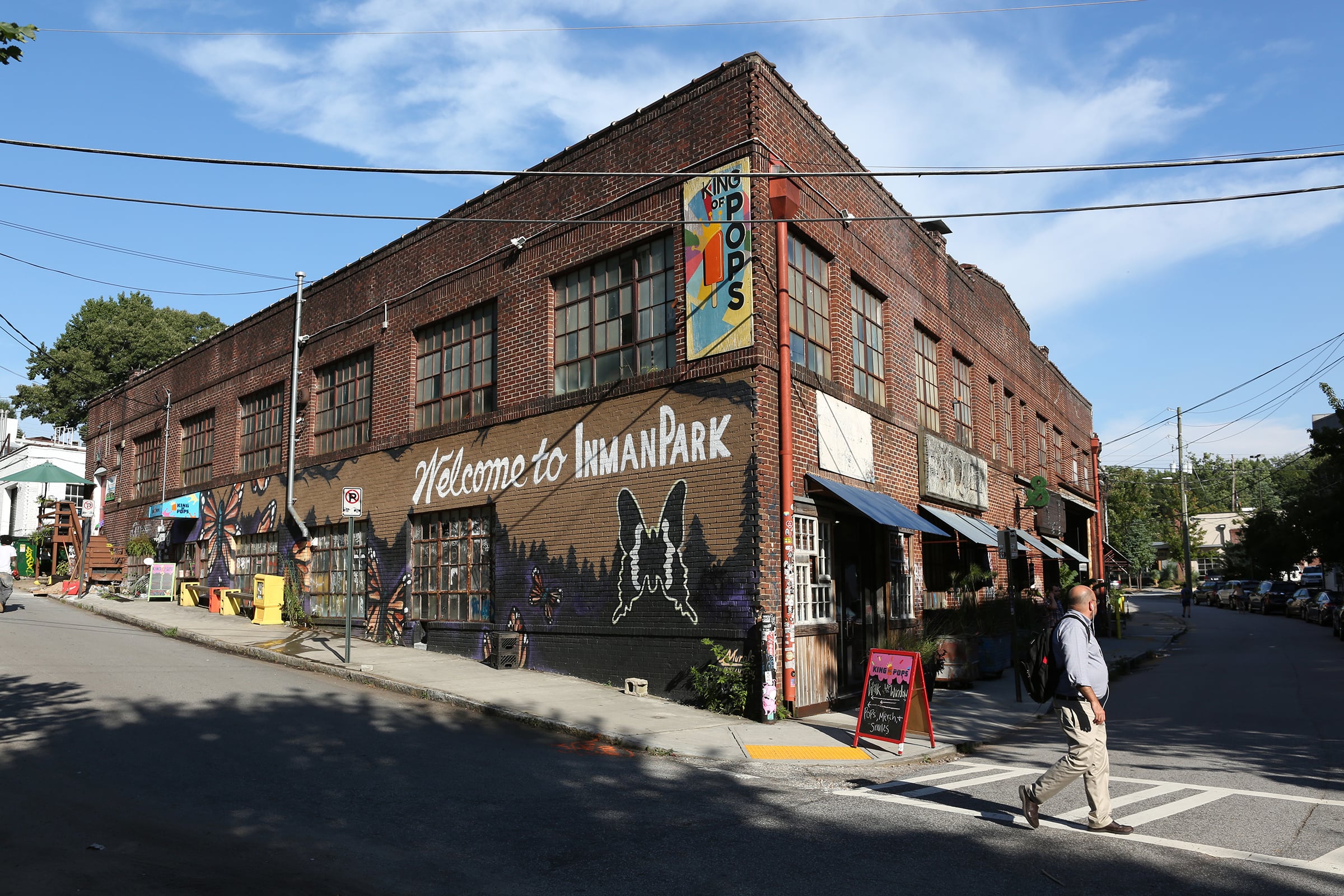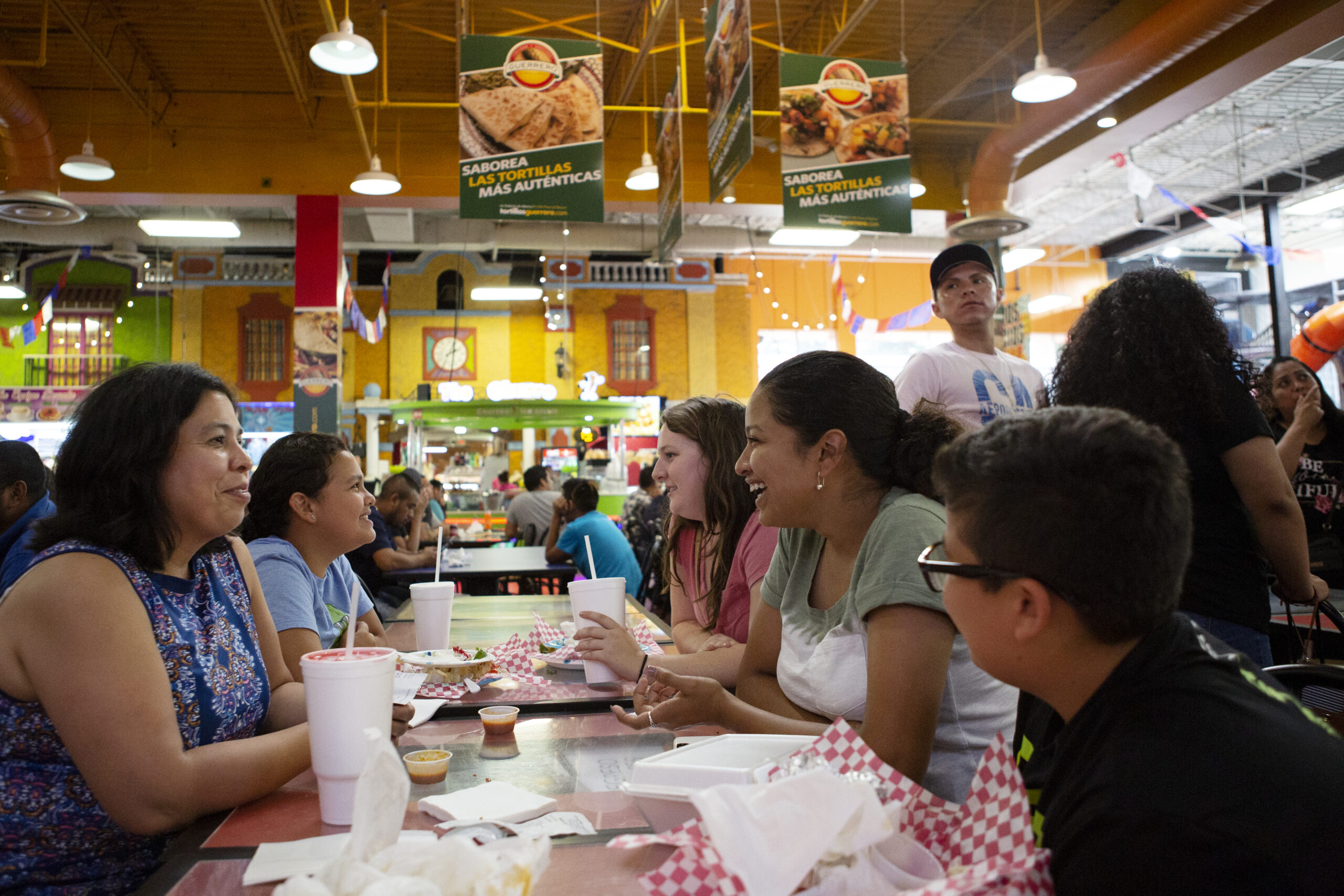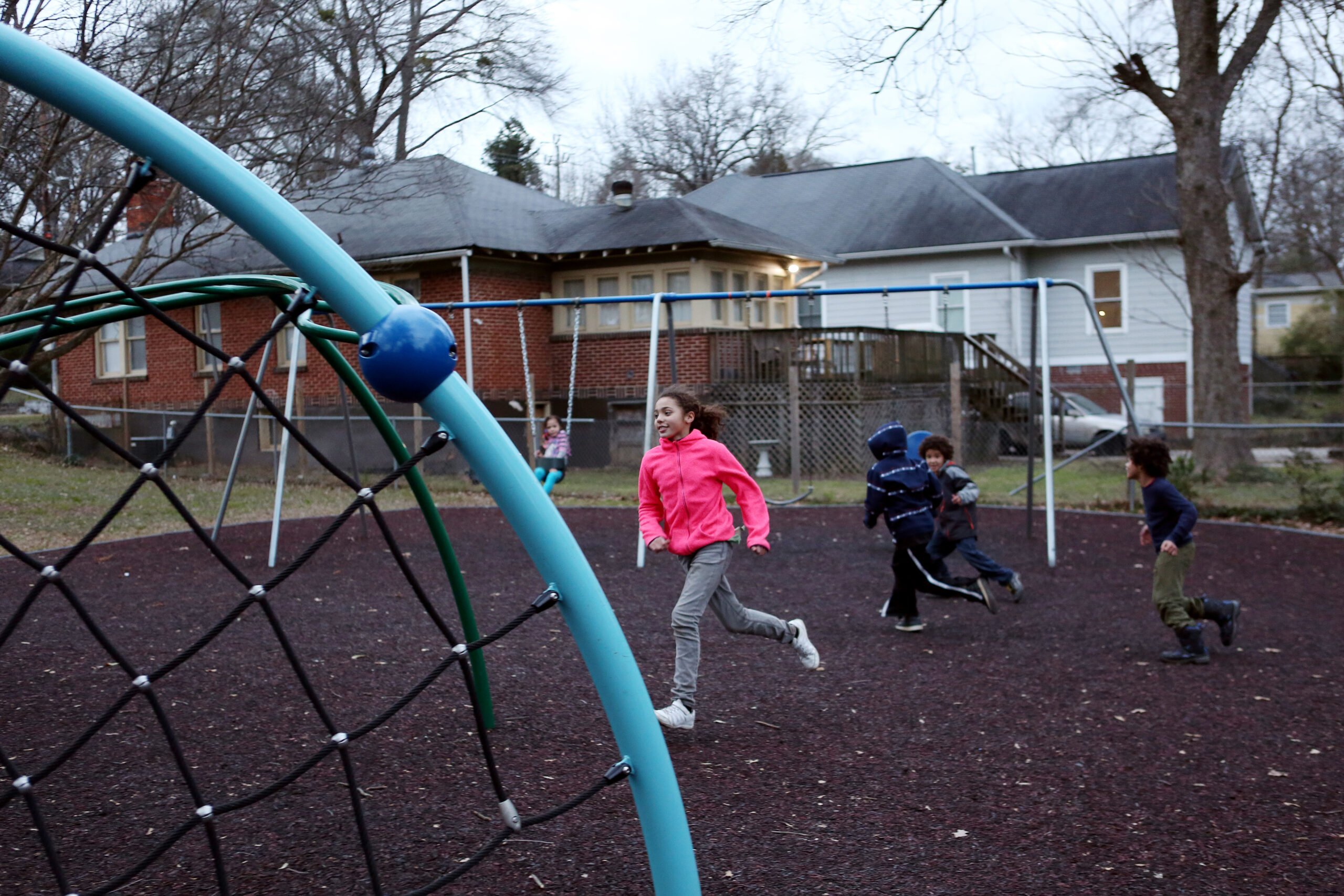William “Bill” J. Stanley grew up in Midtown. Well, he really grew up all over Atlanta.
A bonafide Atlanta native, Stanley comes from a family with four generations of Atlanta history, dating back to 1890. He was born at Grady Hospital when black physicians weren’t allowed to deliver babies at Grady.
He first lived at Atlanta University Center, then Collier Heights, then southwest Atlanta, but he came of age in Midtown.
In the 1950s, Midtown felt like a village, with small shops, businesses and a few doctor’s offices.
“You knew you were outside of the downtown center,” Stanley said.
It was a quiet neighborhood with mostly older white residents, but they had a hospital, the Atlanta College of Art, some entertainment and enough creativity to merit the distinction of arts district.
Despite his mother’s objections, when he was a child, Stanley’s father took him to see “Carmen Jones” at The Fox Theatre on Thanksgiving. They made their way up to the crow’s nest, the segregated section up in the back.
“My dad didn’t want to see it in a small theater. We didn’t want to see it on a small screen. It wasn’t about the times, it was about the art,” Stanley said.
By the time Stanley was in college, he was the first black usher for the Metropolitan Opera.
Stanley moved to Midtown in 1966 when he was a freshman at Georgia Tech, where he was the first black student to enroll at the College of Architecture and later would be the first to graduate.
“In the early 1960s, that’s when things started to come together,” Stanley said. “It was a very low-profile city that had the makings. Then the hippies came, and I was a part of that culture.”
Whether it was ideology or timing, his proximity to Midtown didn’t hurt. He explained, “As young architects, we were up all night so we might as well go where the action was.”
At the time Peachtree was known as “Hip Strip.” He remembers Merry-Go-Round, the clothing emporium, and The Loving Spoonful, a coffeehouse on top of Alex BBQ Heaven.
“You could bring a flask. They didn’t serve alcohol, but they had coffee,” he said. “You could play chess and stay up all night, interacting with real and quasi intellectuals.”
The Great Speckled Bird, a counterculture newspaper, was sold on the street, and the Students for Democratic Society held a convention attracting people from all over the country.
The freedom and liberation movements were alive, and students were the life force behind them. Stanley was in the middle of it.
After Martin Luther King Jr. was assassinated in 1968, the energy and momentum in Atlanta was undeniable. Freedom Riders were coming to Atlanta for training. Anti-Vietnam War protests were going on. There were large gatherings in Piedmont Park.
“Piedmont Park was a regular repository,” Stanley recalls. “It wasn’t upscale. It wasn’t commercialized. It was free, and kind of seedy, but a great place for people to gather.”
Piedmont Park was originally a pine forest, but pioneers Samuel and Sarah Walker cleared the trees to turn it into farmland in the 1830s. Their land was used for expositions and fairs, and eventually the city worked with the Olmsted brothers to transform the fairgrounds into a park where people would gather for expositions, horse races, ball games, carnivals and leisurely recreation.
By 1960s and ’70s, it was a hotbed for musical performances, organized events and for protests and demonstrations.
As far back as I knew, the gay community was headquartered in Piedmont Park,”
Philip Rafshoon, owner of Outwrite Bookstore & Coffeehouse
Following the Stonewall Riots of 1969, queer activists became more outspoken nationwide, and in Atlanta, the LGBTQ community built a safe haven in Midtown.
By the 1970s, many bars and restaurants catered to the gay community, and in 1971, the Georgia Gay Liberation Front held Atlanta’s first Gay Pride March, marching from Peachtree Street to Piedmont Park.
Atlanta’s Pride festival is one of the oldest and strongest in the nation, now attracting more than 300,000 people to the city to celebrate.
Midtown didn’t always have the energy it has now.
It started off as a huge pine forest north of Atlanta. Peachtree was a winding road that followed Peachtree Ridge, and before the Civil War, a narrow section of it around where 10th Street is now was infamously referred to as “Tight Squeeze.”
Historian Jessica Keys traces back “Tight Squeeze” to three potential references, the narrow width road itself, the idea of how dangerous it was, or a nod to the prostitution that existed there. In the 1850s, reporters wrote accounts of the crime, family quarrels and robberies that took place in Tight Squeeze.
“For nearly three decades, Tight Squeeze was consistently represented as an uncivilized wilderness where strange and uncouth people milled about,” Keys writes.
In 1849, Richard Peters paid $2,000 for 400 acres of the wild pine forest around Tight Squeeze for wood for his flour mill. Crime still notorious defined Tight Squeeze until the 1880s, “when County Commissioners used convict labor to fill in the ravine and straighten out Peachtree Road in preparation for the 1887 Piedmont Exposition,” Keys writes.
Following the 1887 Piedmont Exposition, Peters sectioned off his property and sold off parcels of his land between Eighth and 14th Street to Atlanta’s elite to build ornate stately homes. Tight Squeeze was rebranded as North Atlanta.
“In regard to wealth, charm, and elegance, the residents of Peachtree between 1885 and 1910 reigned with unquestioned supremacy,” writes historian William Bailey Williford.
By the early 1940s, Atlanta’s elites had moved to other, wealthier neighborhoods in Atlanta. Peachtree Street had been zoned as commercial, residential options became boarding houses, and the shops around 10th Street transitioned to appeal to the renters nearby.
In the 1950s, young people, including students from Atlanta College of Art, moved in following cheap rent, and the culture of Midtown shifted from elite to bohemian.
The subcultures arose and paved the way for what Midtown is today.
The gay community had been ravaged by AIDS in the 1980s, but at the start of the 1990s, “There was a lot of optimism. People were starting to think that they needed to come out,” said Rafshoon, longtime Atlanta and current Midtown resident. The gay community feared losing their jobs for being out at work.
Rafshoon decided to get involved. After he came out in the early 1990s, he decided he wanted to do something to make a difference, so he started fundraising for an LGBT bookstore.
“I wanted to open something that people could go to during the day. The only thing we had was where people could go at night,” he said.
Rafshoon realized that the same people went to the marches and the bars and the rallies. He realized they needed a place to be during the day. The day he opened Outwrite in 1993 in the Midtown Promenade, he saw twice as many sales as they had predicted.
In 1996, they moved to the corner of 10th and Piedmont to the heart of Midtown, where they would be for the next 20 years.
They were loud and proud with rainbows on their windows, and now their location is remembered with permanently installed rainbow crosswalks.
“Once we opened there, the neighborhood became a little more prominently gay,” he said.
Tourists would visit Outwrite when they came to Atlanta, and the events were selling out.
Around this same time in the 1990s, Midtown was riddled with disinvestment. More than 68 percent of the land in the commercial core was undeveloped.
“Midtown for a while was a place to work and not to live,” says Kevin Greene, the current CEO of Midtown Alliance, “It was roll up the windows and hit the gas. It was not a place you wanted to be after dark.”
There were no streetlights and narrow sidewalks hadn’t been updated since it was a purely residential neighborhood decades before.
Shannon Powell remembers meeting her sister at a New Orleans-style dive restaurant in 1996 at West Peachtree and 7th Street, “I literally ran from my office to that restaurant because there was nothing.”
“I never really felt threatened [in Midtown]. I felt like I needed to feel smart about my surroundings.”
“Everyone speculated that the Olympics would be a gold mine,” Stanley recalls, but in reality the visitors didn’t stray far from the stadium. People moved from one venue to the next and were even cautioned to avoid Midtown at all costs.
Because of this, Midtown Alliance realized something needed to change, so they championed Blueprint Midtown, a comprehensive urban design-based plan to build out Midtown.
“It told you every square inch. What was going to stay. How the streets lay out. Lights. Streets. What is on the ground floor. What are the transitions? It was absolutely comprehensive.” explained Shannon Powell, chief planner of Blueprint Midtown.
When Powell came on board in 1997, she had no understanding of the vast scope of the project. A one-year position turned into two decades with Midtown Alliance. “I don’t think I came to the table with the predisposed ideas of what it should be,” she said, “I came with a much better idea of how we should approach figuring out what it should be.”
“We needed more real estate investment to create a market. To attract investment, we needed to make it look better and feel safer,” Greene explains. “The Midtown Improvement District leveraged planning grants and taxes commercial property owners to hire off duty officers to walk beats and organize green teams to pick up trash, landscape, and handle code violations.”
“I think that the Blueprint created more confidence that there was somebody paying attention to what was happening in this community that made it a safer bet for the real estate community,” Powell explained.
The same year Blueprint Midtown launched, Bill Stanley and his wife and business partner Ivenue Stanley bought a brick building on Spring Street in Midtown to house their architecture firm, Stanley, Love-Stanley, P.C., which has designed buildings all over Atlanta, including the 1996 Olympic Aquatic Center and the Ebenezer Baptist Church Horizon Sanctuary.
The Stanleys met while attending Georgia Tech, and they decided to root their business in Midtown.
“We bought his building after the Olympics. I knew what business was all about, doing business where business was happening.”
When Powell started Blueprint Midtown, Midtown was a place to work. There were very few people living in the commercial core of Midtown. The first version of the Blueprint was finished in 1997, and it was estimated that Midtown would house 5,000 residential units when it was entirely built out. The build out exceeded 5,000 units by the year 2000.
“Within three years, we were exceeding our goals,” Powell explained, so by 2002, Powell started on the second phase of the Blueprint. Today, the Midtown Alliance is on Phase 3.
As Stanley put it, Midtown is unique in that it demonstrates how to build a commercial district without losing its soul. “There’s a way to take an area that has walking and biking capabilities and create a village.”
Little Five Points has done that. East Atlanta has done that. College Park has done that.
In the same vein, Midtown became a thriving urban neighborhood where people live, work and play. Hundreds of public meetings eventually led to the largest rezoning in the city’s history in 2001.
“Invariably, a community comes into its own when people recognize the value of what they have and invest,” Stanley said. “People recognized that with Midtown, we have a tight street grid. Concentric circles of train lines planked by a park on one side and the interstate on the other.”
Like others, Stanley said, “Let’s try it. Let’s see what we can do.”
